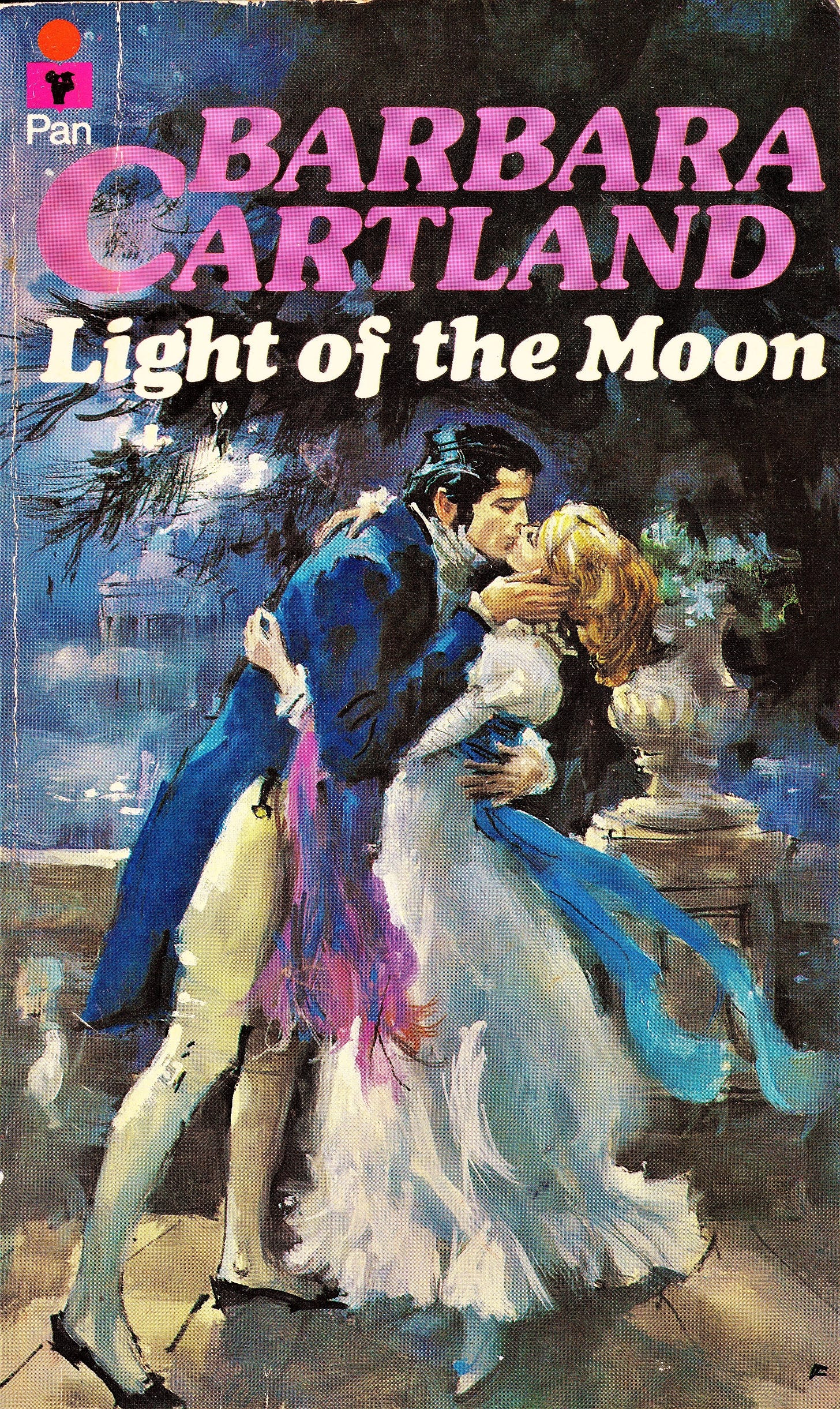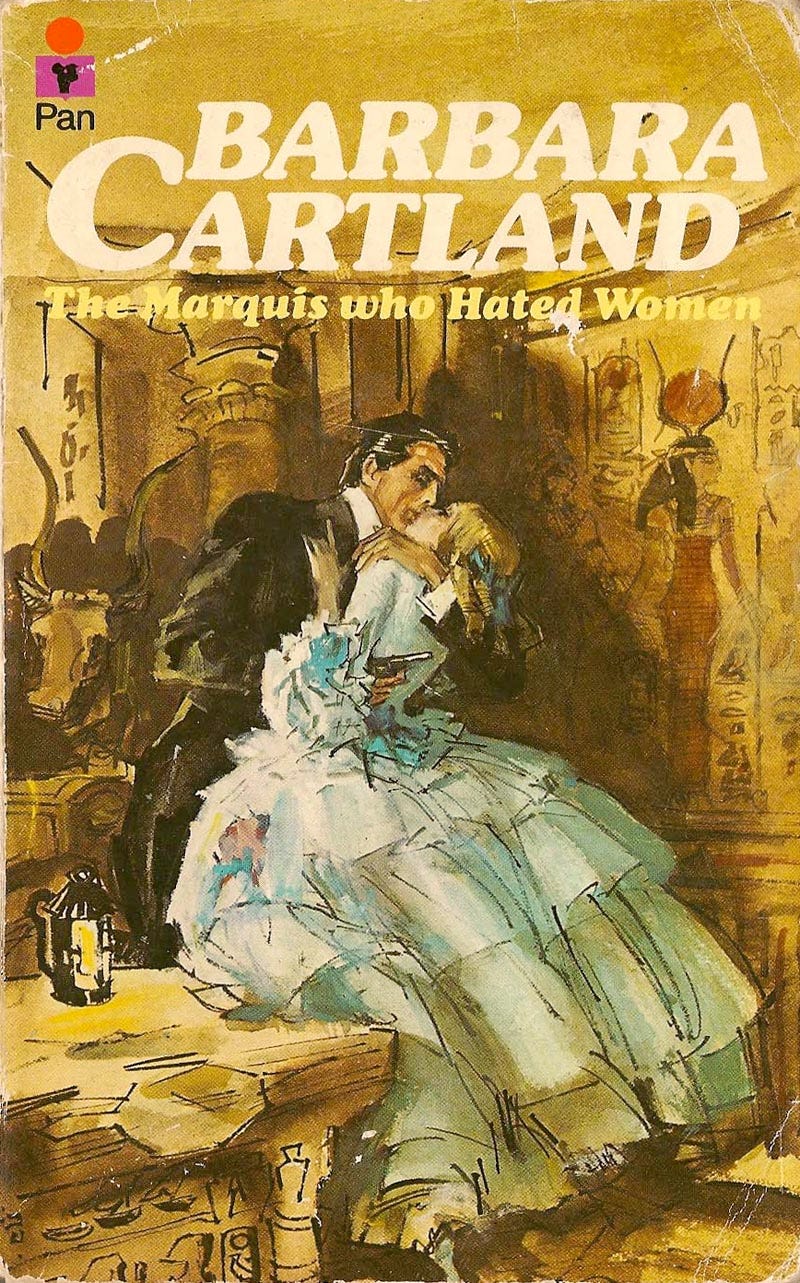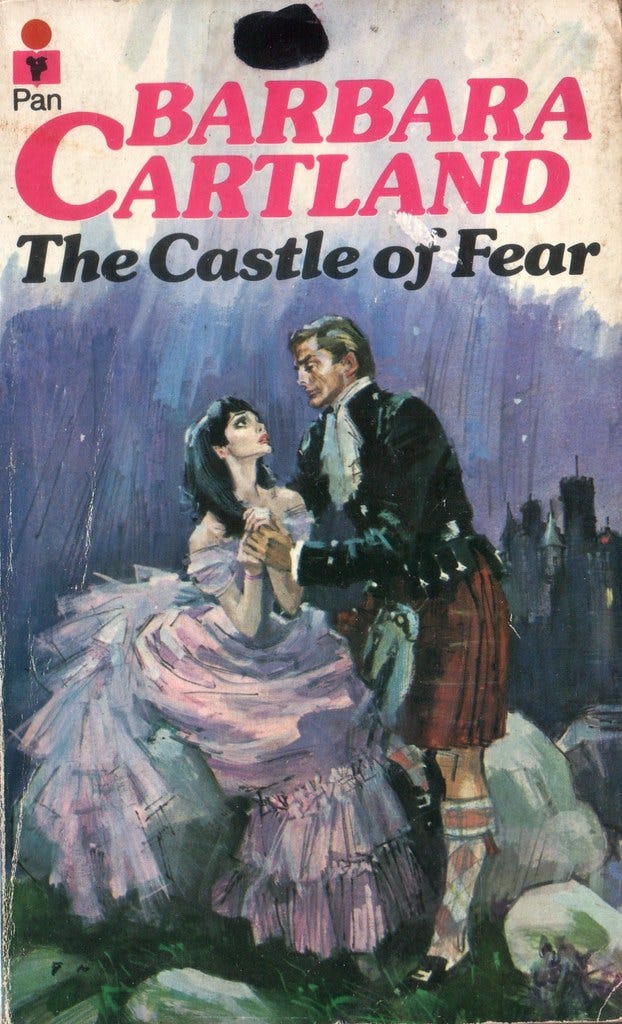As I am starting this article here, I am writing with the intention of it being a short thing, a little special for valentine’s day, or as it is to me, the month of cute heart shaped things and pink, and goodness do I love cute heart shaped things and pink. I have to agree that it is now a very commercialized holiday that commodifies human emotions and relationships, however I do like to think of it more as an opportunity to indulge in wearing pink and lighting a candle, offering yourself or your loved one some flowers and chocolate, and watching a silly romantic movie or two. Whether you have a special someone in your life, or you are single, I think it is always a lovely and fun time to spend and indulge in a little bit of romance and fun. It is a silly holiday, very true, however it is simply an excuse to just partake in very real feelings and real love, whether for a partner, a friend or yourself.
And so, as a lover of very cute heart shaped things, pink, and romance novels. I thought I could showcase some images of romance and love through the medium of art and visual culture, notably the cover illustrations that Francis Marshall created for the romantic universe of Barbara Cartland’s romance novels. I love those covers very dearly, they are wonderful to me, and the art in itself is continually gorgeous, no matter which cover you pick. This will also be an opportunity to shine a spotlight on an illustrator I adore and hopefully make you discover a section of his body of work.
I will admit I am a great admirer of illustrated and painted book covers, because, for me, they truly are an intertextual work of art, needing the context of the story or book it is illustrating to have its full meaning and significance. I love to appreciate those covers on their own, and I do think they do stand on their own as a work of art, however, it is the amalgam of the art with the book that magnifiees the impact of that book cover. And so, it is important that book covers make sense with the book they are illustrating, otherwise it becomes incongruous and discordant. It has been aproblem lately, becuase people seem to not understand that book covers are meant not only to attract a reader, but also to convey and communicate effectively what the audience can expect from a given book. You should be able to know, at a first glance, that a certain book is aimed as a younger audience, or maybe towards a more mature public, whether the book is a romance or a mystery, and when it came to the illustrations of Francis Marshall for the romance novels of Cartland, they immediately conveyed the tone and set the right expectations for the reader.
Francis Marshall (1901-1980) was a british commercial and fashion illustrator who worked from the 1920s up until his death in the 1980s. He was extremely talented, and his art style is very evocative and fluid. With confident lines that are a testimony of not only his skill, but of the time spent learning, training and sketching from life, which makes his work and his lines extremely lively and dynamic. He had an extremely prolific career, he was an illustrator for British Vogue starting in the 1920s, writing an illustrated feature about where to go and what to do. Along his commercial work, he also published personal work such as Magazine Illustration and An Englishman in New York.
Francis Marshall switched into illustrating fiction throughout the 1950s , as the market for fashion illustration, his particular specialty, was fizzling out of fashion. He worked with Barbara Cartland, creating a partnership that has lasted for decades, as Marshall’s art became a stape of her novels, illustrating each and every one of her 723 novels. I have seen certain covers there are repeats, but this is probably because Marshall died in the 1980s, while Cartland continued to write for the rest of her life, even when she was in her late 90s. He is very much recognized for illustrating all the books from the authoress lady Barbara Cartland, who is a whole phenomenon in herself, and might talk about her more in details at some point. But his career was closely linked to hers, as he did all the covers of her romance novels, as well as her autobiography and an etiquette book. And so, his art is an integral part of the visual identity Cartland had created and kept for her oeuvre during the length of her career.
When it comes to the novels of Barbara Cartland, she creates a universe that is frothy, dramatic and very fanciful, and definitely does not reinvent the wheel when it comes to romance. However, Barbara Cartland sets herself apart by how prolific she was, after all, she did write 723 novels that we know of, a number that is absolutely astonishing, no matter which way you think about it. Her books are not…. Well I don’t think anyone would deem them as being the pinnacle of literature, there is a reason why she was able to write that many novels, and it’s because she definitely had a formula and archetypes that she recycled in her books, not that there is anything deeply wrong about that, perse. however, they are very reflective of the views she holds about love, she wanted her heroines to always reflect the cinderella archetype, always virginal and chaste no matter what. She wrote a certain style of romance novels that can still be very enjoyable, but only if you dont read too many of them at once, and if you are in a very specific mood of wanting to shut your brain off, I say all of this, and I will not pretend I have not enjoyed a barbara cartland novel or two. The covers did draw me in, I have to admit.
The covers that Marshall created for the catalogue of Cartland’s novels are all very reflective of that very dramatic and yet very innocent romances that she wrote. Most of these stories were historical romances, and Marshall was an artist who understood fashion and clothing, and he took advantage of the varied settings of the novels of Cartland to illustrate the characters in period outfits. As Cartland had a formula for her novels, so did Marshall for his illustration, you had the dashing and handsome hero, masculine and stoic, and then you had the heroine, petite and elegant, often in need of saving. The style he chose to create these illustrations in was painterly, colorful, and yet somehow very reminiscent of his time drawing from life. You can feel as if he has captured a couple in a very precise moment. He created an astonishing number of these covers during his career, and unfortunately got to a point where he felt creatively dispirited, after all, these were easy to do and profitable, but maybe not the more creatively fulfilling endeavor for someone who loved to go out in the world and draw from life, however as he came from a poor background, he needed to make sure that he could indeed earn a living from his art.
His early sketchbooks show an interest in sketching the various period pieces put on display in various museums, and this talent comes to shine in the covers he created for Cartland. The heroines are wearing dramatic 1880s bustled gowns, or a frilly 1830s dress with poofy sleeves and a cinched waist, or the beloved empire waist of the regency era. The art of fashion was what Francis Marshall started his career with, and would always be his greatest love. He loved to draw beautiful people wearing beautiful clothes. His career in Vogue, his illustrations for fashion brands and his many sketchbooks attest to that. With this professional partnership between Marshall and Cartland, came a body of work that is honestly wonderful, the art he created for the universe of Barbara Cartland were elegant, romantic and were reflective of a very specific understand of romance and drama, and whatever I think of Barbara Cartland’s writing (It is not THAT good) there was a decided audience for these books, and the illustrations were a definite point of attraction. They were so very chic, after all.







